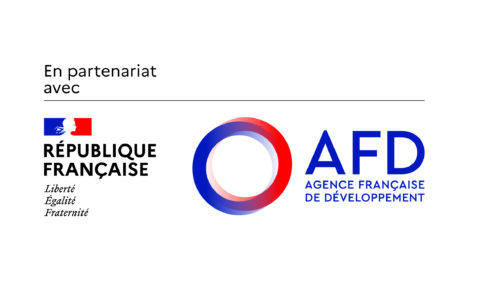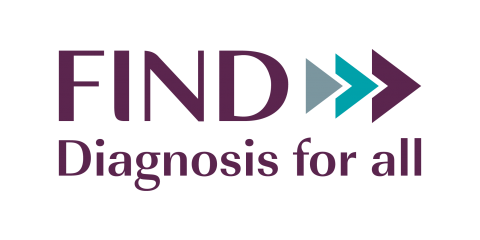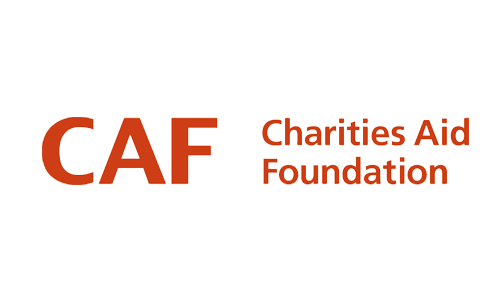Interview with anthropologist Dr Gabrièle Laborde-Balen
14 February 2024 | Informations
Interview with Dr Gabrièle Laborde-Balen
Health anthropologist Dr Gabrièle Laborde-Balen has been working for over 20 years in West and Central Africa, mainly in Cameroon and Senegal. Associate researcher at IRD’s TransVIHMI unit, her research focuses on HIV-related vulnerabilities: pediatric HIV, men who have sex with men and elderly people living with HIV. She shares about her experience as an expert in the implementation of our technical assistance for the situational analysis of pediatric HIV care in Cameroon.

- Could you tell us more about your links with Solthis?
I’ve been working with the Solthis teams for many years. I had the opportunity to work with Dr Guillaume Breton, first on training courses and then on various projects: AirPOP and IPOP in Guinea, ECOVAM and COVACOM in Niger and Mali. In 2023, I took part as an international expert in the “Analyse situationnelle de la prise en charge du VIH pédiatrique au Cameroun”, funded by Expertise France, with my colleague Guy Christian Fako Henji.
- Can you give us a few words about the study’s methodology?
The methodology of the study was twofold: for the quantitative part, my colleagues Guillaume Breton and Guy Christian Fako Hendji carried out the main analyses based on a national audit conducted in 448 health facilities in the 10 regions of Cameroon. As an anthropologist, I carried out a complementary qualitative study through interviews and observations at care sites and with care providers, institutional players and associations.
- Who were the people involved in the study?
The study was carried out in collaboration with the Comité national de lutte contre le sida (CNLS) and the relevant departments of the Ministry of Health. It collected data from around 19,000 children and adolescents living with HIV. The qualitative study enabled us to meet healthcare and social workers in four health facilities in Yaoundé and Bafia, as well as institutional players, NGOs and associations, in particular associations of young people living with HIV, RECAJ+ and APEV.
- How was the gender approach integrated into our study?
The gender issue emerged from the results of both quantitative and qualitative studies. They showed that adolescent girls are particularly vulnerable, especially when they first become sexually active. We suggested strengthening sexual and reproductive health (SRH) interventions, but also access to information, condoms and contraception, too often reserved for married women.
- What issues did the technical assistance address, and how did it help?
The efficacy of antiretroviral drugs has enabled a considerable reduction in AIDS-related morbidity and mortality over the last few decades. However, difficulties persist among children and adolescents, particularly in Africa. In Cameroon, despite significant progress in prevention and care, only a third of the 50,000 children and adolescents living with HIV are tested and receive ARV treatment. Faced with these challenges, Cameroon’s health authorities asked Expertise France, via the Initiative, to carry out a situational analysis of pediatric care to determine the obstacles to access to care and the socio-cultural barriers to identifying priority areas for intervention. This is the framework within which the Solthis study was carried out.
- What are the main findings of the situational analysis? What are the gaps and areas for improvement?
The results of the study show an effective transition to Dolutegravir (DTG) and a satisfactory rate of virological control, but with major disparities: the youngest patients still have limited access to DTG 10. Smaller, peripheral sites have less access to DTG and viral load measurement. The study also reveals the vulnerability of young girls, who are more often infected with HIV through sexual transmission than boys in the same age bracket.
The qualitative study reveals a series of structural and social obstacles: the shortage and turnover of healthcare staff, shortages of paediatric ARVs, the absence of a system for transitioning adolescents to adult services, difficulties in adhering to treatment and in initiating sexuality among adolescents living with HIV (especially young girls), families’ limited economic resources and the persistent stigma attached to HIV.
Priority areas for action are proposed: strengthening of small and peripheral facilities, continued access to pediatric DTG, implementation of sexual health programs, in particular access to condoms and contraceptives, support for families and intensification of the fight against stigmatization, especially in rural areas.


















